#Tim Truman
Text

Two of the witches now residing in the ruined wizard's tower with their pet panthers (Tim Truman, D&D module RPGA2: Black Opal Eye by Laura and Tracy Hickman, 1983)
#D&D#Dungeons & Dragons#Tim Truman#Black Opal Eye#dnd#Dungeons and Dragons#Laura and Tracy Hickman#Laura Hickman#Tracy Hickman#panther#big cat#witch#witches#runes#RPGA#TSR
241 notes
·
View notes
Text

August 1989. The first chapter of Tim Truman's three-issue HAWKWORLD miniseries wastes no time in presenting its thesis statement. On the planet Thanagar, a young aristocrat Katar Hol, just out of military academy and not yet Hawkman, joins his world's paramilitary police force, the Wingmen, and quickly learns what the Wingmen really do: brutal raids into the slums of Downside, Thanagar's overcrowded ghetto — ostensibly to prevent insurrection and root out caches of weapons and other contraband, but really to maintain a climate of terror for an already oppressed population of conquered beings from many worlds. As Katar is already beginning to suspect here, his cynical commander, Byth (the one speaking, above), is actually running guns and drugs to Downside, and takes advantage of these raids to rid himself of rivals and no-longer-useful accomplices, lining his own pockets while perpetuating the social inequity and exploitation on which Thanagarian society depends.
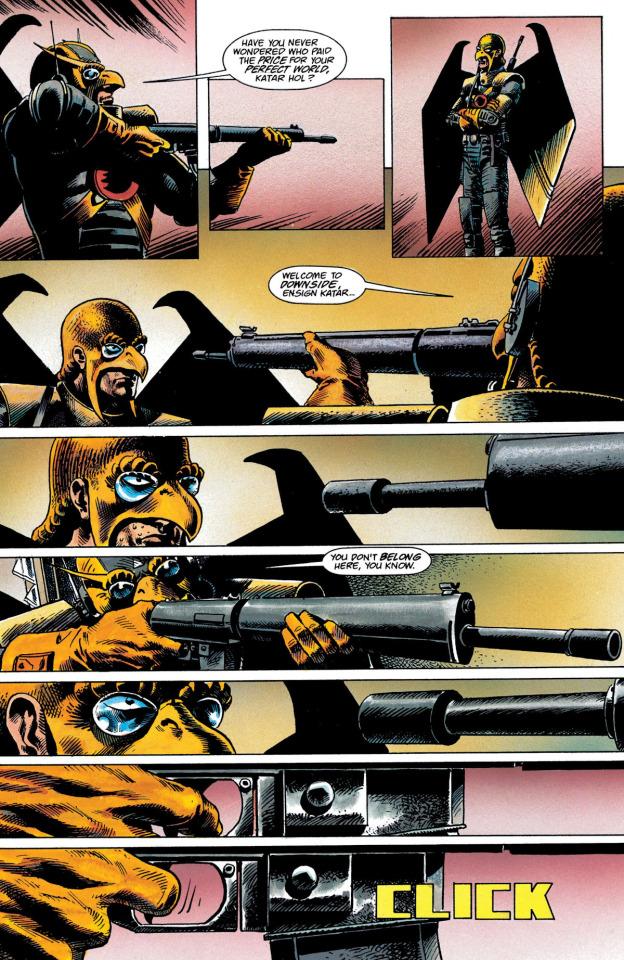

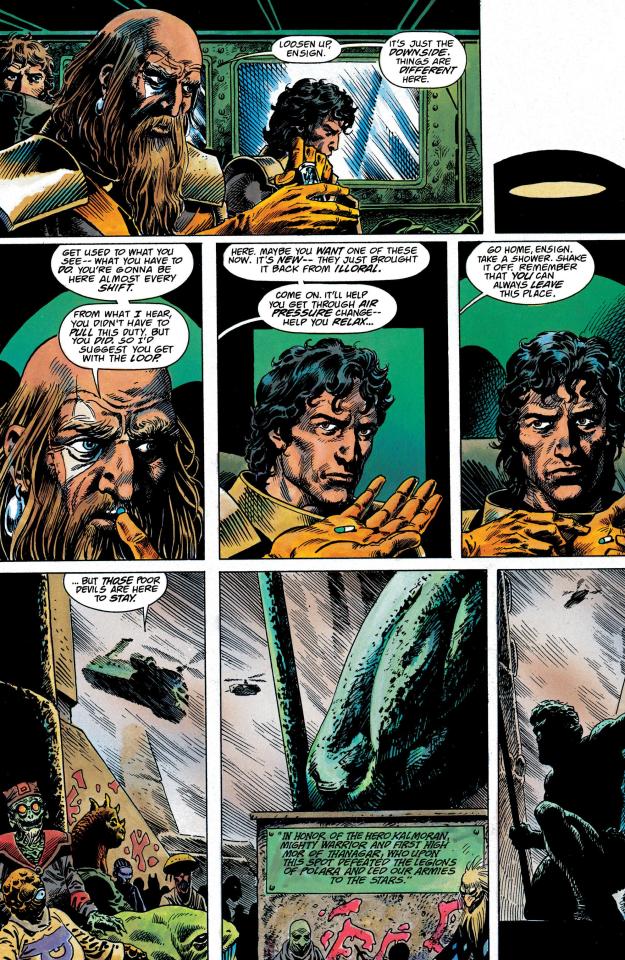
Many elements of this miniseries are drawn from the Gardner Fox Hawkman stories of the Silver Age: Byth was the the villain in the first Silver Age Hawkman story in THE BRAVE AND THE BOLD #34, a statue of Kalmoran was seen briefly in BRAVE AND THE BOLD #43, and Illoral was a world the Hawks visited in HAWKMAN #6 in 1965. Truman (who originally intended HAWKWORLD to be a direct prequel to the Fox/Kubert stories) frames those elements in a new context, giving them much greater thematic weight.
HAWKWORLD sold well, thanks in no small part to the magnificently realized artwork, by Truman and Argentinian artist Quique Alcatena (with superb color by Sam Parsons), but it drew some criticism for the darkness of the story and its ugly portrayal of a militarized Thanagar. The reality is that Thanagar had been presented as a fascist dictatorship for about a decade by this point, something that the previous version of Katar Hol had eventually accepted and even endorsed so long as it didn't directly threaten Earth. What Truman did was to remove the pretense that Thanagar hadn't been that way to begin with, and thus reassess Katar's relationship with that brutal imperial state — whose resemblance to our world was in no way coincidental. The story (which puts Katar through the wringer in every respect) ends more or less where BRAVE AND THE BOLD #34 begins, so the full ramifications of Truman's reframing of Hawkman's origin would play out in the first 26 issues of the ongoing HAWKWORLD series by John Ostrander and Graham Nolan between 1990 and 1992.
#comics#hawkworld#tim truman#enrique alcatena#sam parsons#hawkman#katar hol#byth#thanagar#thanagarians#truman and editor mike gold thought that#hawkworld should be treated as hawkman year one#rather than a full reboot#but dc senior management thought it would sell better as a reboot#and since the previous hawkman book had recently flopped#preserving past hawkman continuity was not a high priority#gardner fox#joe kubert#mike gold
33 notes
·
View notes
Text
Pulptober 20th: Learning a Lesson - Solomon Kane

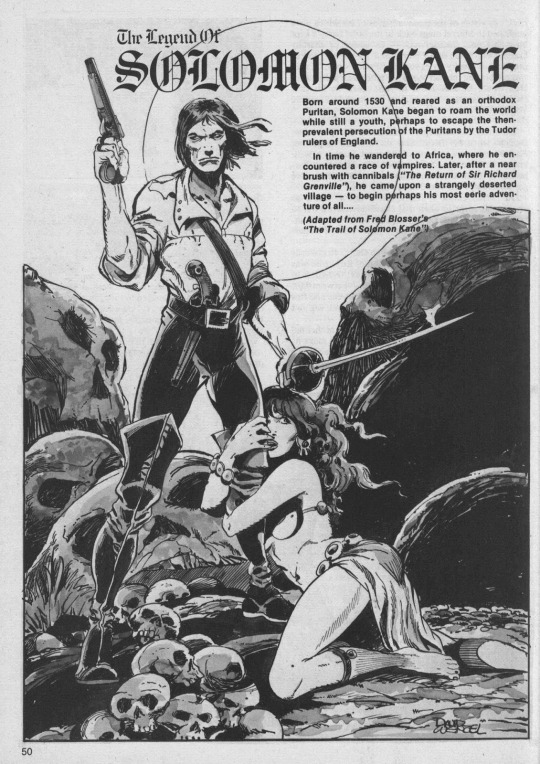
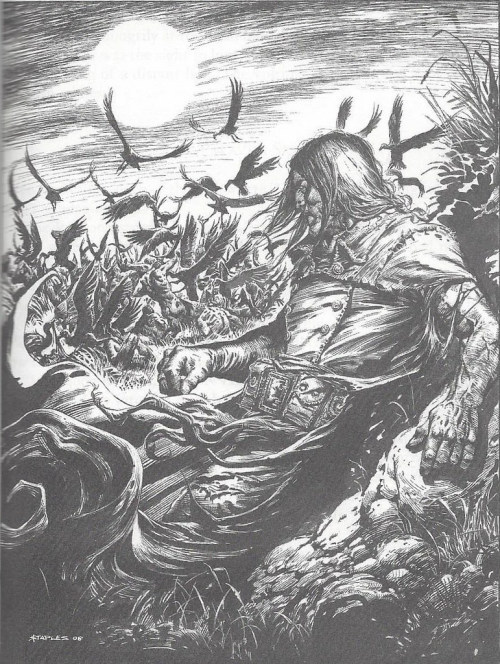

Four pieces for the Puritan, he's a favorite of mine
Art by, in order of appearance: Tim Truman, David Wenzel, Greg Staples and Ernie Chan
27 notes
·
View notes
Photo

Against The Cult of The Reptile God
Art by Tim Truman
245 notes
·
View notes
Text


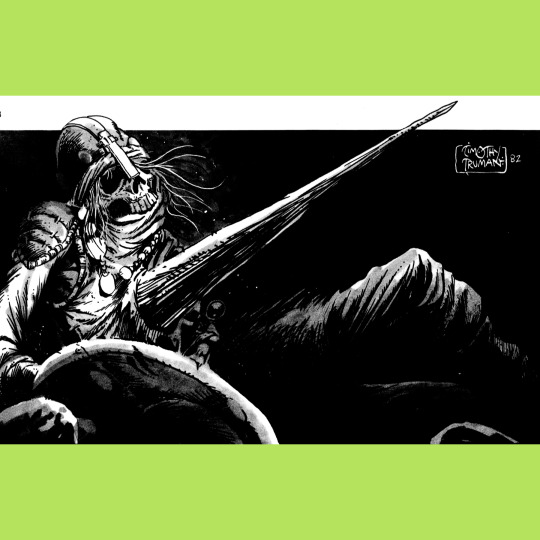

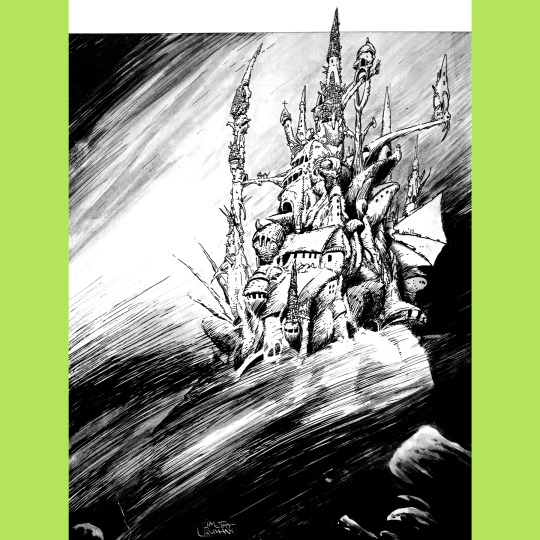
Let’s take a look at the UK-series of module this week, shall we? This is UK1: Beyond the Crystal Cave (1983).
There had already been some UK-produced D&D material at this point — Fiend Folio, the U-series modules — and there would be more to come intermittently in other modules series (usually indicated by a Union Jack up by the product code). This line was produced by TSR’s UK offices between 1983 and 1985. They all have that hard-to-describe British quality about them in the substance of the adventures (and usually in the art and layout, but this one features gorgeous but nevertheless American illustrations by Tim Truman).
This one is equal parts brilliant and, at least from the 21st century, a bit of a groaner. That’s not entirely the module’s fault though — you see, at its core, this is a riff on Romeo & Juliet. In the decades since, I think the number of videogame RPGs that have had a Romeo & Juliet riff in its sidequests approaches the ninetieth percentile. This might be patient zero or close to it, and points I guess for originating a long-running trend, but I am just not so interested in variations on that particular story any more or ever again.
Still! There is a lot to love here. At least for me — I love a minimal combat module. There are not many of them at this moment in time (I can’t actually think of any). There are a couple encounters that seem bound to lean toward combat, or at least flight (can’t really chat with an ochre jelly), but most of the adventure, which sees players exploring an enchanted garden, involves doing favors for the locals and solving puzzles. Jellies aside, the main storyline can be handled without a single sword being drawn, which is just unheard of in D&D in 1983. Good stuff!
#RPG#TTRPG#Tabletop RPG#roleplaying game#D&D#Dungeons & Dragons#UK Series#Beyond the Crystal Cave#Tim Truman
68 notes
·
View notes
Text
Batman/Catwoman pt 2



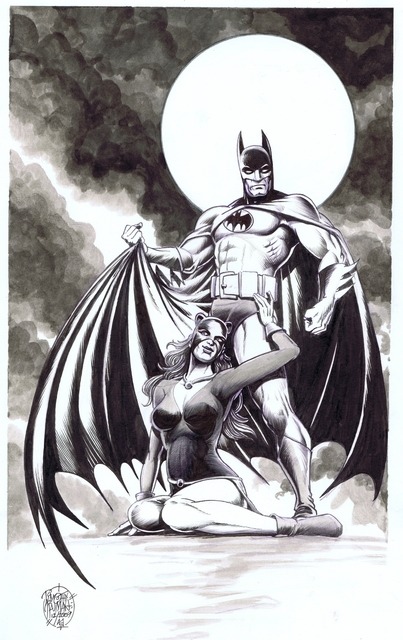

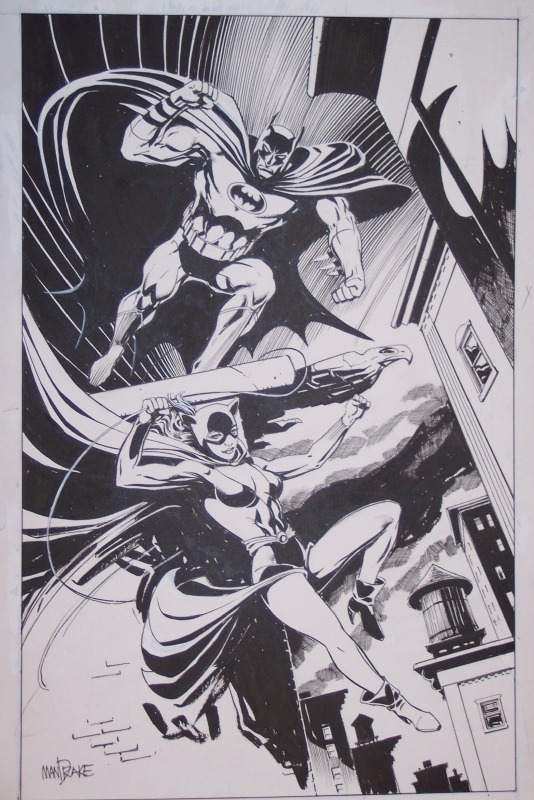

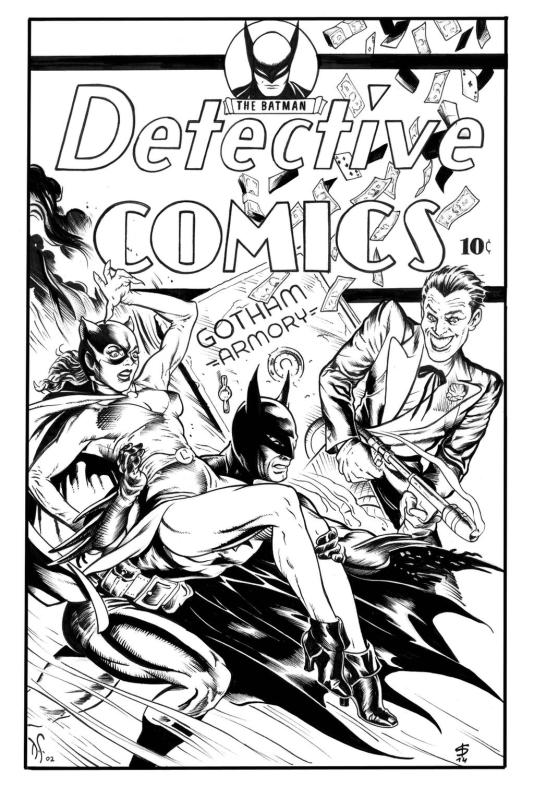


#dc comics#batman#catwoman#tim truman#george perez#paul smith#dave stevens#ed benes#dan brereton#mark teixeira#tom mandrake#marshall rogers#paul gulacy
22 notes
·
View notes
Text

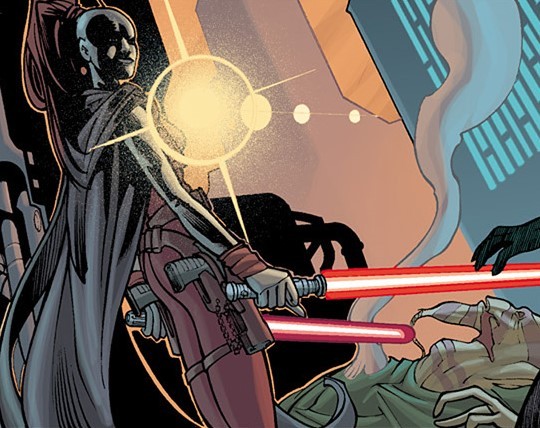



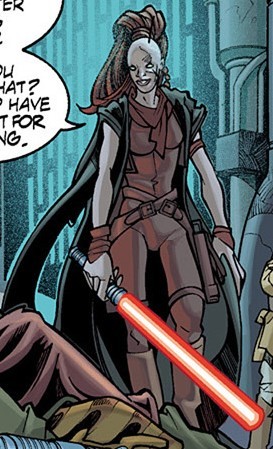


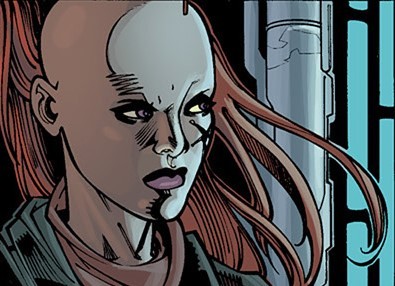
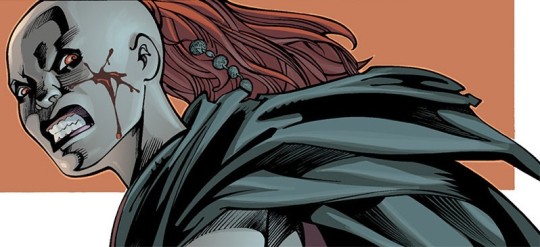

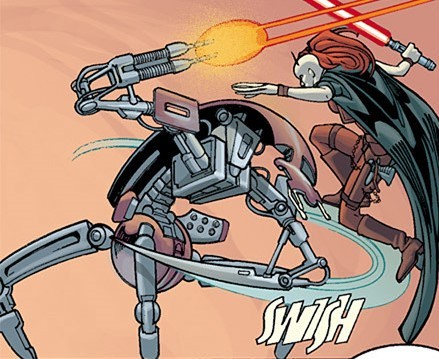
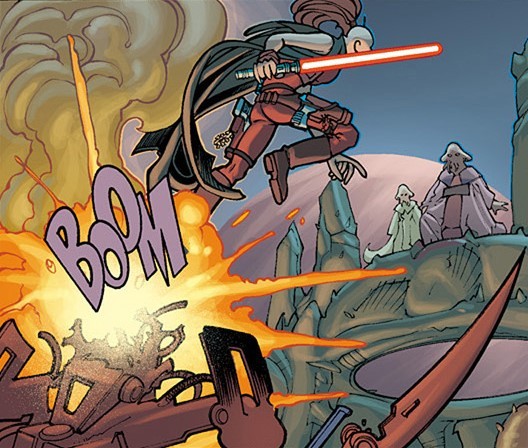
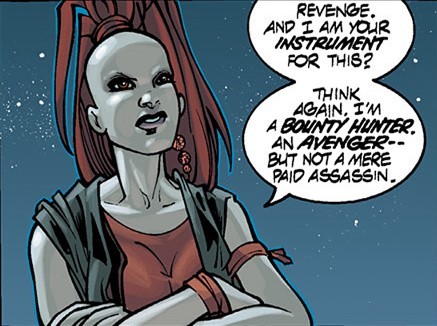
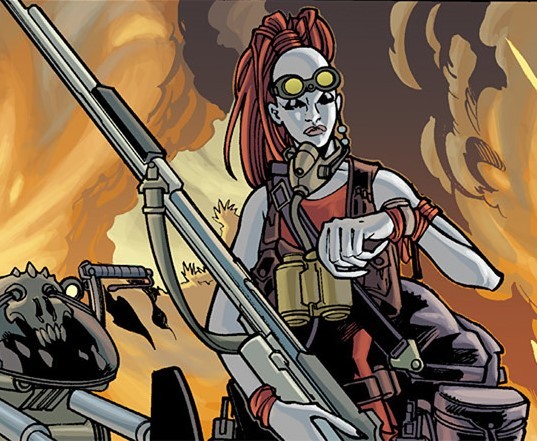
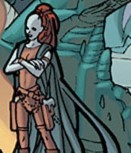
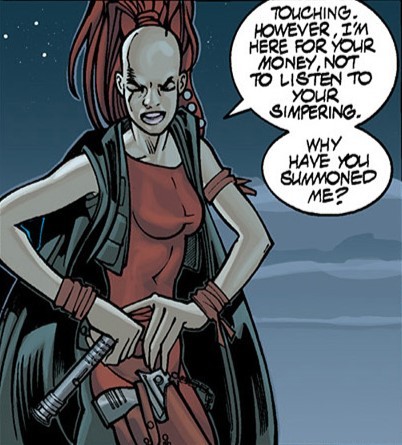
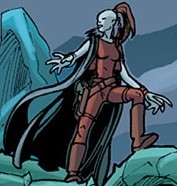

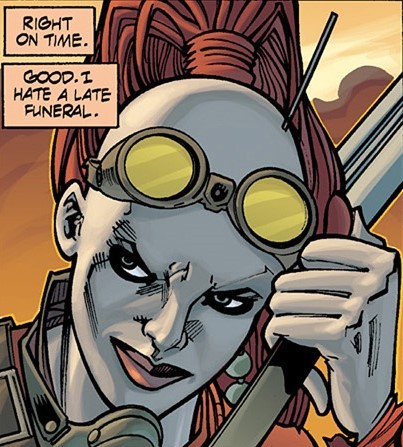
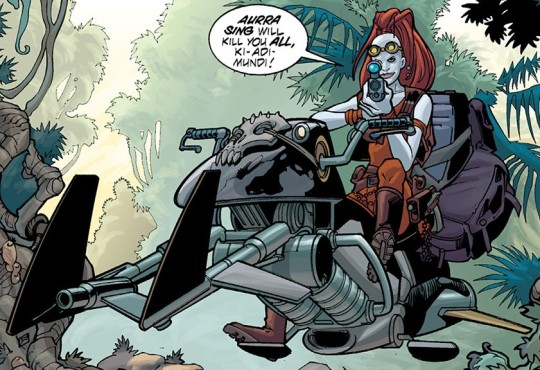
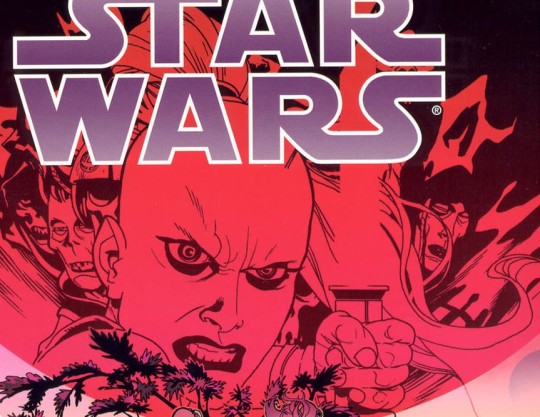

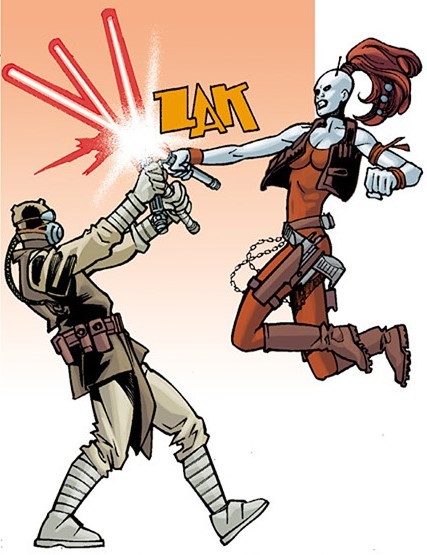


Aurra Sing in Star Wars (1998) #28-31 -The Hunt for Aurra Sing by Davidé Fabbri (written by Tim Truman)
#aurraposting again#aurraera comeback#now onto rereading aurra's song normally this time#sw#star wars#star wars legends#star wars 1998#aurra sing#the hunt for aurra sing#star wars comics#star wars expanded universe#star wars eu#long post#but it's just aurra panels#Davidé Fabbri#tim truman#comics#dark horse comics#i love how her eyes have no consistent color#it's fun#star wars bounty hunter
18 notes
·
View notes
Text
360. RPGA - Polyhedron #21 (January 1985)
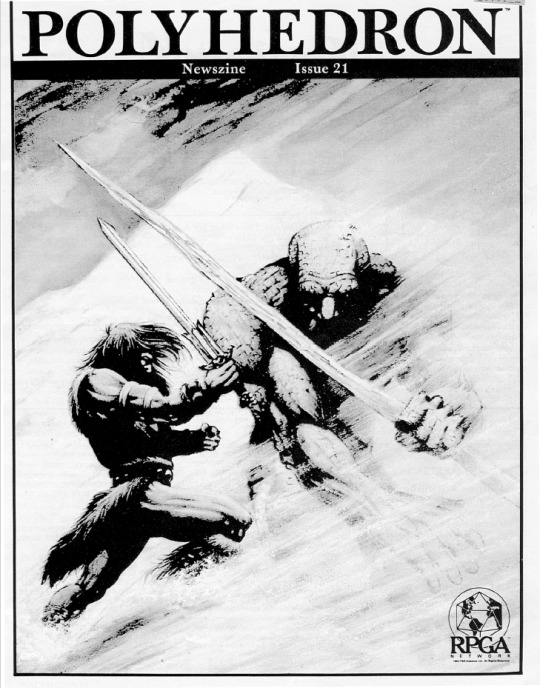
With a cool Tim Truman cover, which already hints at all the Conan work he would do in the future, although this is supposedly a character named Ren Grakkan (you're no fooling me Tim!) we reach issue 21 of Polyhedron. As always it isn't the most fascinating read, feeling like outtakes from Dragon magazine, but there are still enough unique things in it to make it worth looking through.

One of the cool things of Polyhedron is how the cover always directly related to something inside the magazine, namely the Encounters feature, where the situation on the cover is turned into a mini module for whatever TSR TTRPG fits the situation. Of course here we get an AD&D mini-module featuring a battle in a snowy setting.
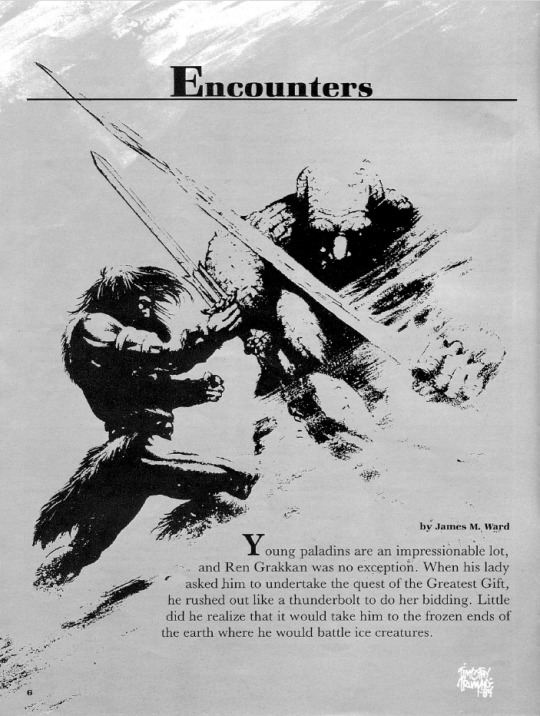
Other than that we get some Gygax columna reprints, some articles by Roger Moore on creating adventures for campaigns and for publication, but the central piece of the magazine is the competition module Witchstone by Carl Smith, first used in the 1983 GEN CON South Games Fair, the kind of things which is the bread and butter of Polyhedron and the RPGA as the competitive D&D association.

6 notes
·
View notes
Text

N1 - Against the Cult of the Reptile God (1982)
Interior art by Tim Truman
#tim truman#dungeons & dragons#d&d#fantasy#fantasy art#rpg#role playing game#art#illustration#vintage#1982#1980s
45 notes
·
View notes
Text
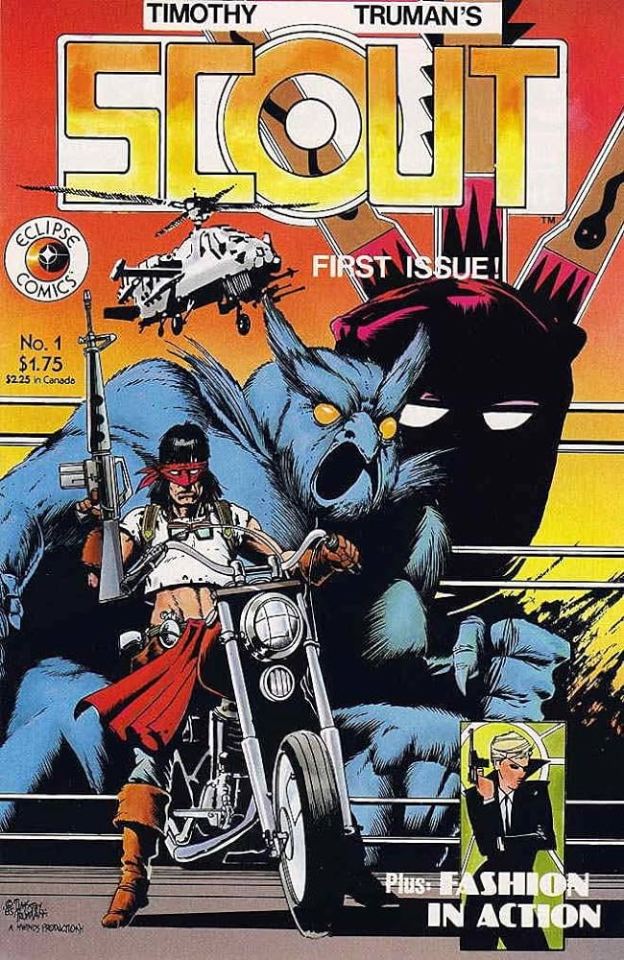
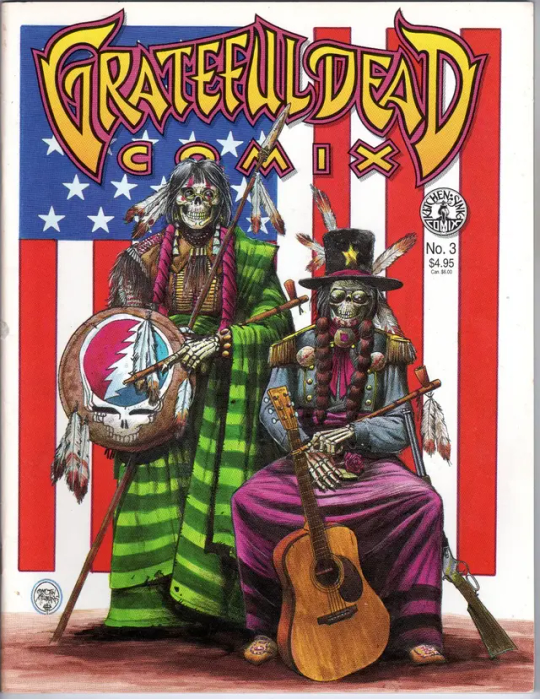
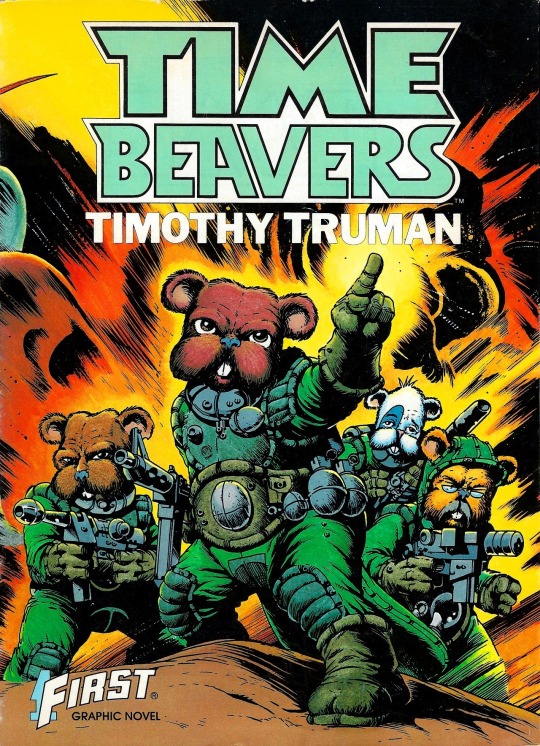
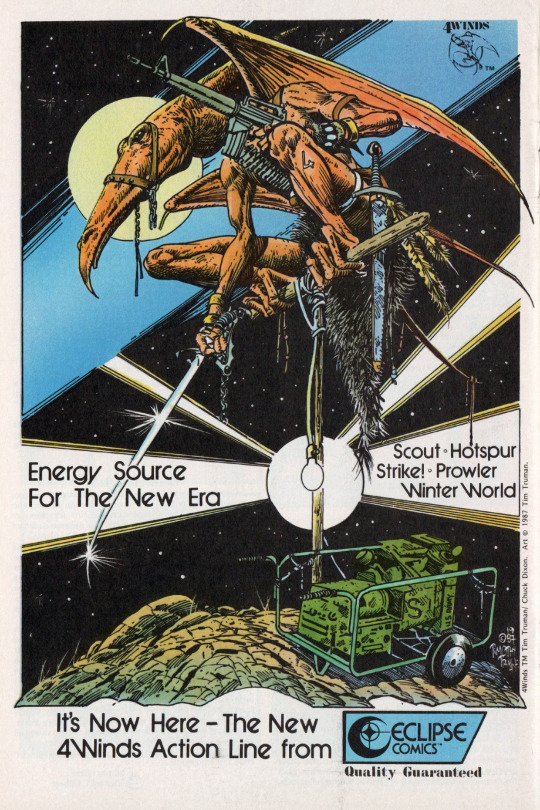


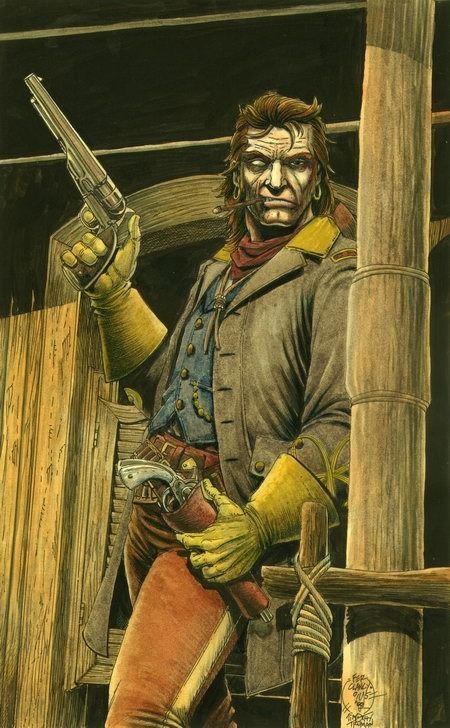

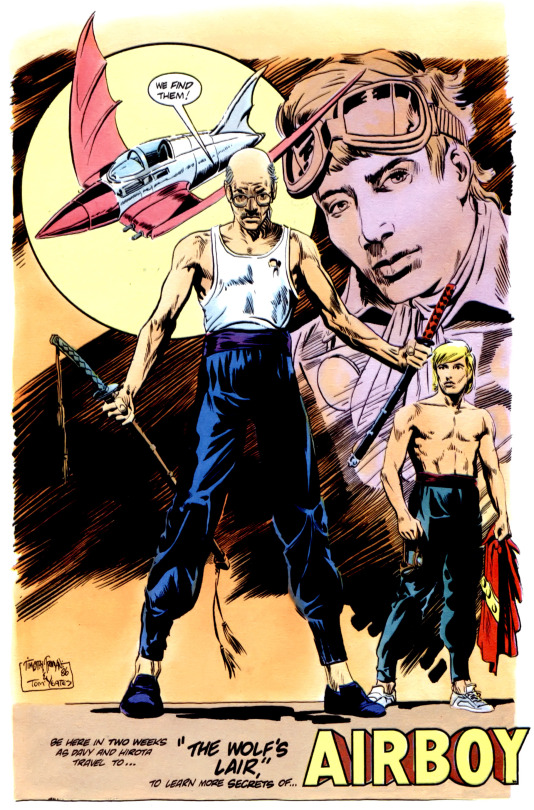
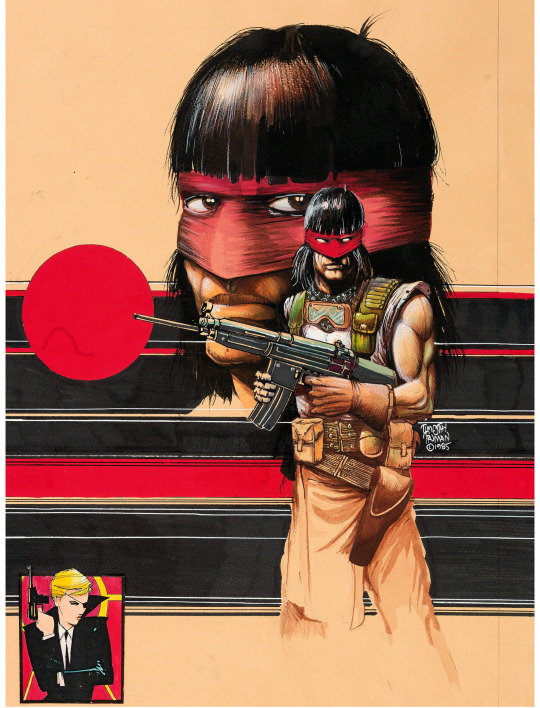
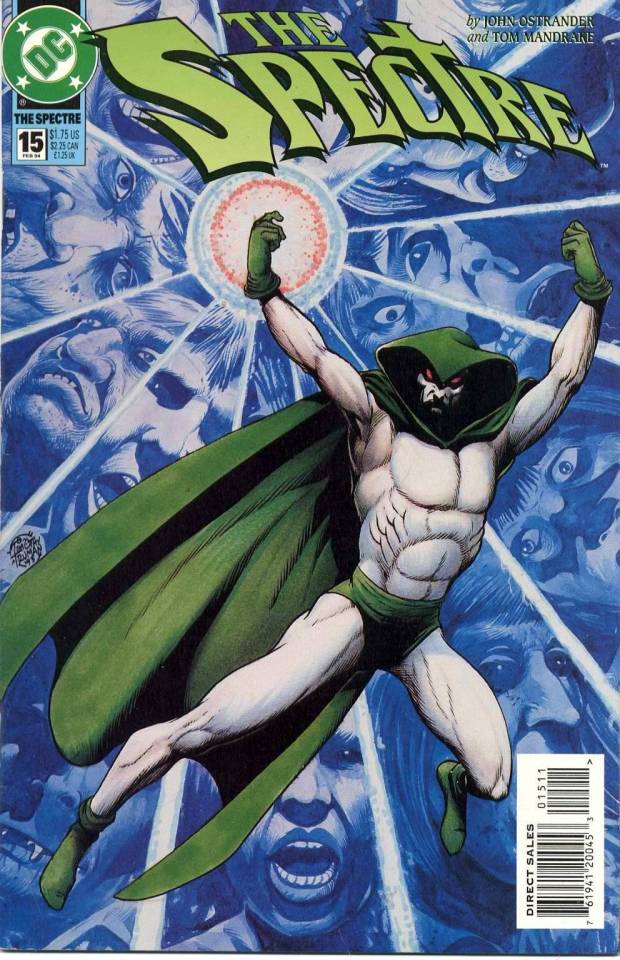
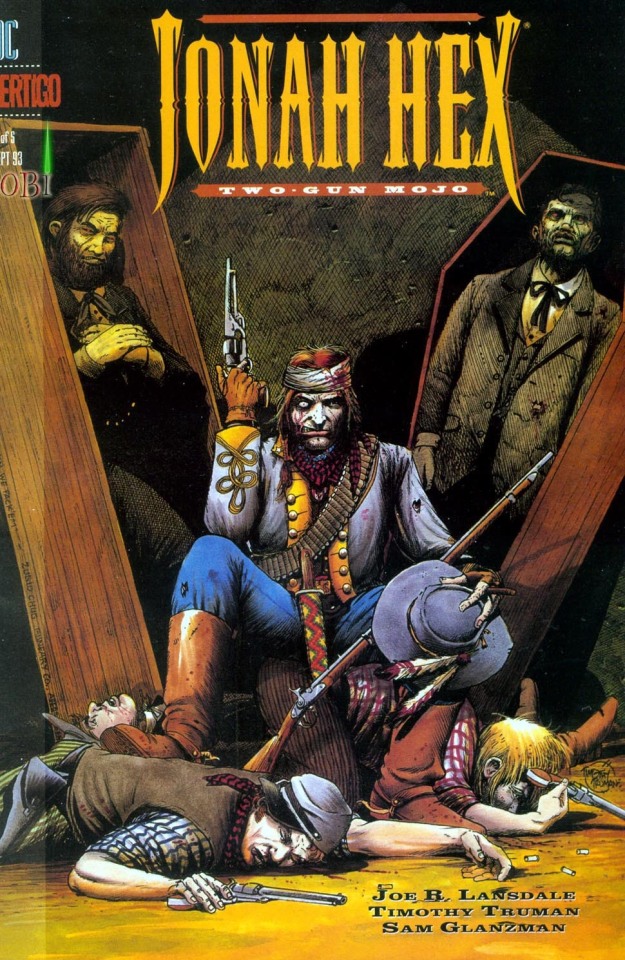
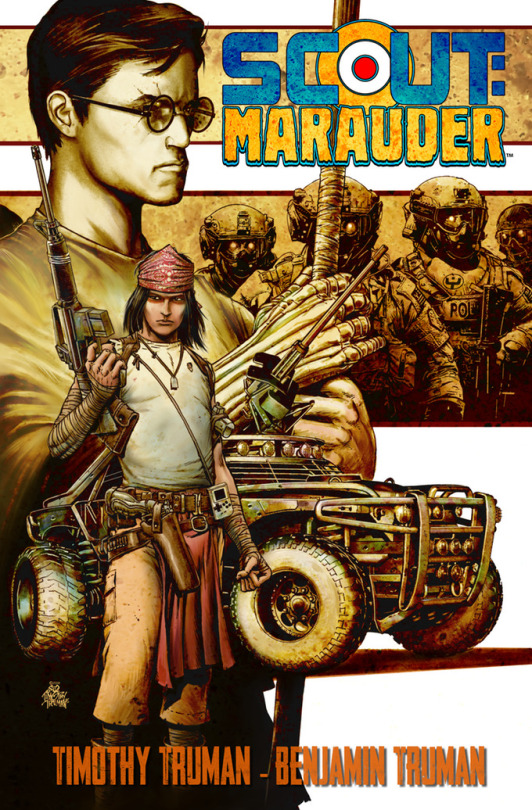
Happy birthday to Tim Truman!
3 notes
·
View notes
Photo
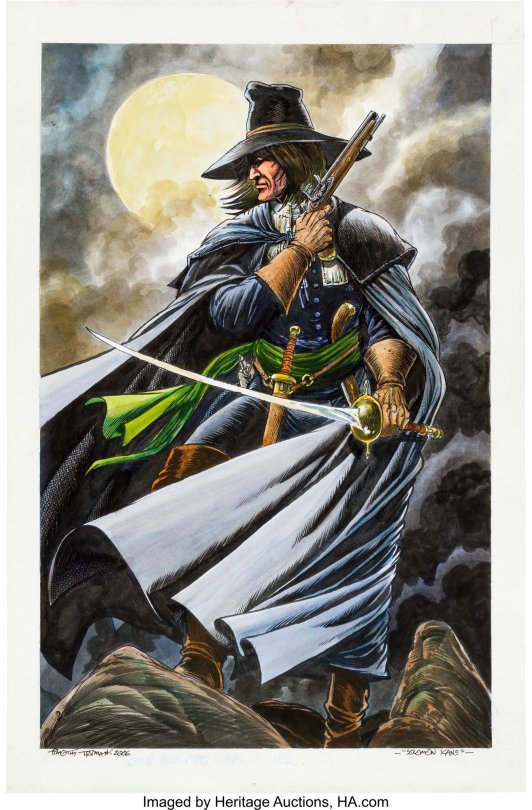
Solomon Kane by Tim Truman
23 notes
·
View notes
Text

Halls of grandeur -- In the distant past the wizard Elyas built a keep in the forest where he dwelled until it was destroyed by the three witches who now are imprisoned within (Tim Truman, D&D module RPGA2: Black Opal Eye by Laura and Tracy Hickman, 1983)
#D&D#Dungeons & Dragons#Tim Truman#dnd#fantasy#ruins#Black Opal Eye#Laura and Tracy Hickman#Laura Hickman#Tracy Hickman#tower#Dungeons and Dragons#RPGA#TSR
159 notes
·
View notes
Text
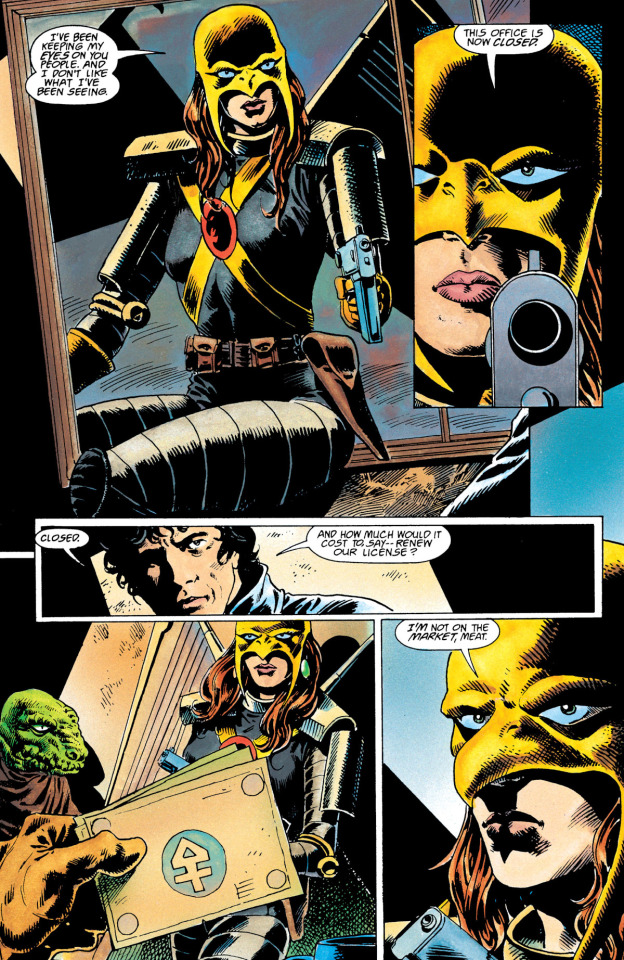
October 1989. Katar Hol meets the second Shayera Thal — who will become Hawkwoman on Earth — in HAWKWORLD #3. In this continuity, Shayera is the adoptive daughter of Thanagarian administrator Thal Porvis, a human girl from the slums of Downside Porvis adopted because she resembled his daughter, Shayera Thal, who was killed in an explosion earlier in the story (about 10 years before this scene). The HAWKWORLD ongoing series by John Ostrander later established that the second Shayera is actually the illegitimate daughter of the first Shayera and Porvis's associate Andar Pul, commissioner of the Wingmen.
One odd omission: Although the younger Shayera was about 9 years old when she was adopted and she tells Katar that Thal Porvis "gave her his name, and that of his dead daughter," neither Truman nor Ostrander ever reveals what name she had before that, although it presumably wasn't "Shayera."
#comics#hawkworld#tim truman#enrique alcatena#sam parsons#hawkwoman#shayera thal#katar hol#hawkman#lizarkons#thanagar#john ostrander
14 notes
·
View notes
Text
Pulptober 7th: Tortured Justice - The Spider

Who else would it be?
Easily my favorite of the true 'masked pulp hero' archetype characters. Finally managed to track down the Eclipse comics and they are glorious in their insanity. Always keeping a weather eye on the horizon for more of the paperbacks, though they're fairly thin on the ground in Australia.
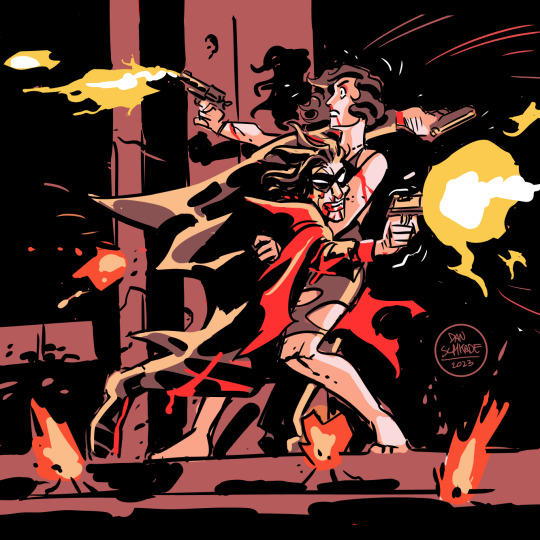

Art by Tim Truman, Dan Schkade (making his mandated Pulptober appearance) and Dan Brereton
11 notes
·
View notes
Text
The first issue of the three issue limited series Hawkworld was published with a cover date of August, 1989. It was written and pencilled by Timothy Truman. It introduced in the post crisis DC universe Kator Hol, Paran Katar, Shayera Thall, Thal Porvis, Andar Pul, Byth Rok, and Shayera Thall II. ("Flashzone", Hawkworld #1, DC Comic Event)

#nerds yearbook#real life event#august#1989#dc#dc comics#comic book#first appearance#hawkworld#tim truman#hawkman#katar hol#paran katar#shayera thal#thal porvis#andar pul#byth rok#crespa#jarl#thanagar#kragger#shayera thal II
5 notes
·
View notes
Photo
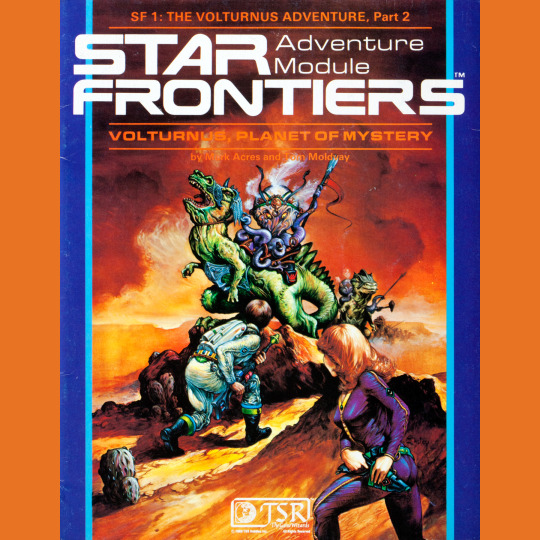
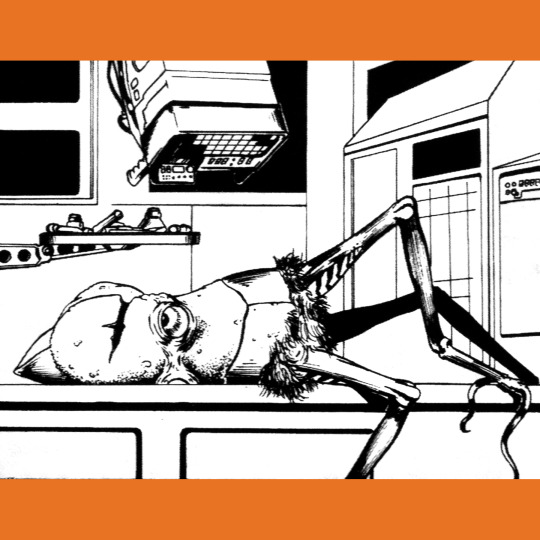

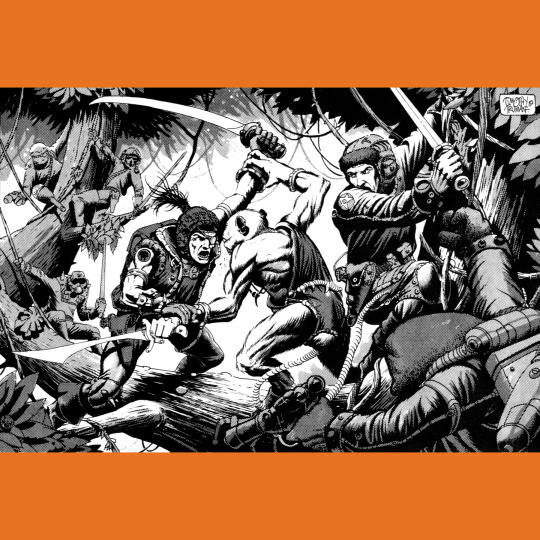
The first Star Frontiers adventure, SF0: Crash on Volturnus, is included in the box set. Spoiler: the players crash on Volturnus and have to seek safety. The scenario ends with them coming through a trial by combat in order to join a native tribal group. SF1: Volturnus, Planet of Mystery (1982) is the first stand-alone Star Frontiers module and it picks up where SF0 left off. Jeff Easley’s cover sets the stage, depicting humans encountering the alien tribe, the Ul-Mor. They are octopus aliens riding dinosaurs. That’s a pretty strong start, gotta say.
SF2 reminds me a bit of Isle of Dread, actually. There is less a plot or central dungeon to explore, and more a bunch of regions and factions. This makes sense, since the primary motivation is still survival or escape. But increasingly, exploration becomes central, and also revenge, as the pirates who caused your crash are in the area as well. Lots of weird aliens, lots of fighting, lots of non-combat encounters too. There is a lot to do on Volturnus!
#RPG#TTRPG#Tabletop RPG#Roleplaying Game#D&D#dungeons & dragons#Star Frontiers#Jeff Easley#Tim Truman#Volturnus
102 notes
·
View notes